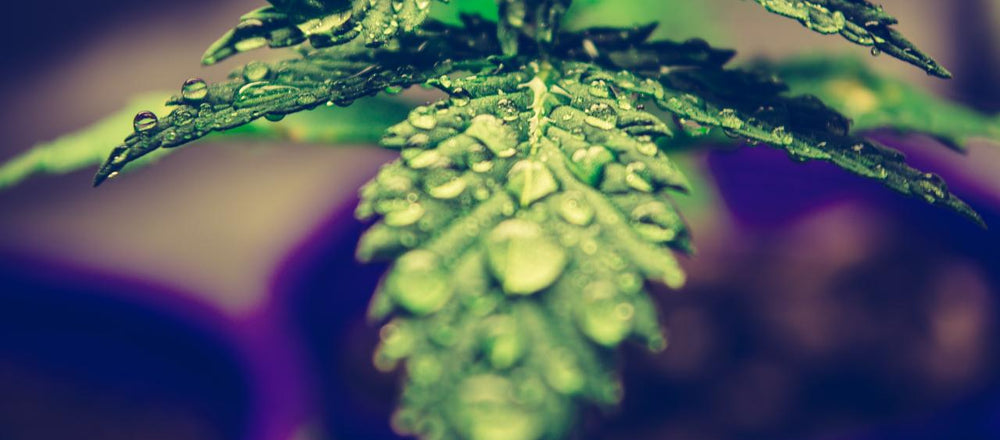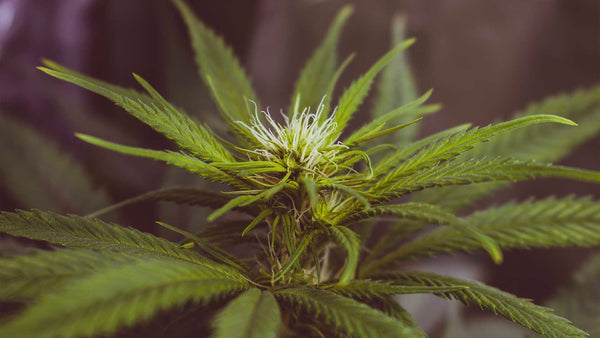Ever notice the QR code included on the packaging of your HOLISTIK STIKs or other popular CBD products? That code leads you to some very important information, the contents of which can set apart high-quality CBD products from the rest of the pack.
The information that the QR code leads you to is called the Certificate of Analysis… or COA for short.
What Are COAs and Why Are They Important?
As cannabis and hemp products have become commercially available to U.S. consumers, COAs have become a crucial part of transparency around the quality of those products. They not only tell you the cannabinoids available in your products, but also whether the lab test conducted on the products detected pesticides, heavy metals, etc.
Due to one of the most unique properties of the cannabis plant, the ability to absorb heavy metals out of the ground, it is important to check the COA before purchasing or consuming a hemp-based product.
Heavy metals have become an increasing concern in the CBD space over the last few years, primarily due to many CBD brands sourcing cheap hemp from China, much of which is grown in soil contaminated by metal refineries. For this reason, HOLLISTIK exclusively sources our hemp from a biodynamic greenhouse in Buffalo, NY. Our hemp plants never actually touch soil, or the outside air, and are instead grown in crushed coconut husks in a completely controlled environment.
Other potential contaminants, such as pesticides and microbials, are also a concern for consumers of CBD products. A third-party lab generated COA should warn you (or alleviate your concerns) of any of these contaminants as well.
How Do You Read a COA?
 A typical COA will be broken down into multiple parts, each of which we will run through in the section below.
A typical COA will be broken down into multiple parts, each of which we will run through in the section below.
The first and most important thing to look for is to make sure the brand and the product you purchase matches up with the information included on the COA. These details will typically be listed at the top of any COA and will also include the name of the lab that that conducted the test, the sample number and the date the analysis was completed.
Following the basic details, most COAs will run through a brief list of the tests they conducted and plainly state whether the product passed or failed in those categories. Typically these categories will include pesticides, microbials, heavy metals and foreign matter. Certain form factors will include additional tests, like solvents in vape cartridges, or mycotoxins in flower.
Further down on a lab test will be the more specific results for each of the categories just discussed, plus the overall cannabinoid content. These results provide more specific breakdowns of each category. For example, in the pesticides section, you will see each individual pesticide that was tested for. The lab will typically tell you the exact level of pesticide they found (if any), the allowable limit, and whether or not the product passed for each one.
You may see certain terms or abbreviates on a COA like “< LOQ” or “ND.” “< LOQ” means that the product had less than the lowest level measurable for a specific testing point. You will typically see this in the pesticides and heavy metals section if the lab was not able to detect any of those contaminants. “ND” will also be used for specific categories to mean “none detected” of a specific contaminant or cannabinoid.
In the cannabinoid section of the COA, you can look through the quantities of each specific cannabinoid in your product. Generally speaking, this section is helpful when determining what the dominant cannabinoids in your products are. It can less helpful when determining the terpene profile or lower level cannabinoids in a broad or full spectrum CBD product, as those often fall below the recognizable threshold for lab tests.
Last but certainly not least is the signature. Typically, one or two members of the testing team will sign the COA to attest to its validity. Always check the signature to make sure it has been signed and is legitimate.
COAs may seem daunting at first but are really a simple way to determine what is in the product that you’re consuming. Once you have read one a few times, you will always know what to look for. In the meantime, just come back to the blog post if you’re ever confused!




